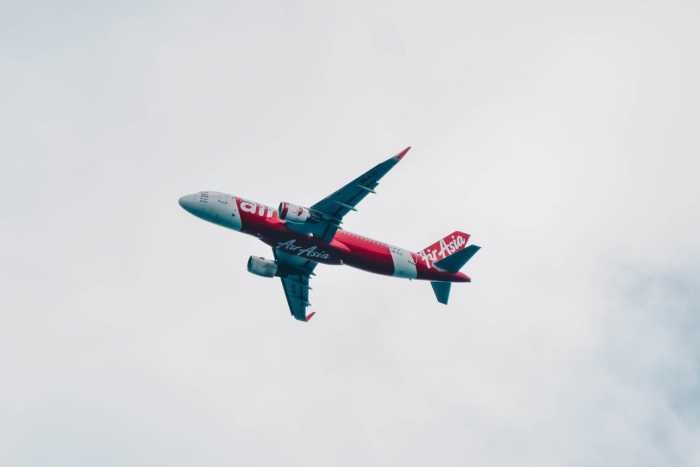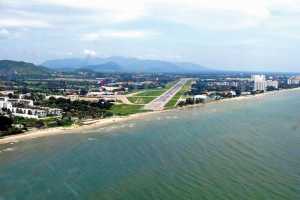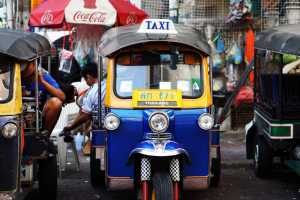
Passenger Congestion Encourages Airport U-turn
30th May 2012

The Thai government has reversed its decision to relocate the low-cost carriers back to the older Don Mueang International Airport due to the worsening passenger congestion in Suvarnabhumi.
The government has reconsidered its plan to shift all commercial flights of low-cost carriers to the primary airport and the planned conversion of Don Mueang into a maintenance facility after the budget carriers have registered 7.4 million passenger movement.
Most domestic LCCs have fears that the recent decision would adversely affect their business as they are entangled in the political mess in the country.
At present, the single-airport policy of the government is clearly not working noting the ever increasing passenger movement in Suvarnabhumi that constricts the airport's limited capacity at the moment. However, the government is trying to negate the claims that it is starting to implement a dual-airport policy.
The Don Mueang Airport was closed to scheduled air services when Suvarnabhumi was opened in 2006. When Transport Minister Jarupong Ruangsuwan announced, a few weeks after taking his post on January, the change in policy, it caught the budget airlines by surprise. Shortly thereafter, in March, the Airports of Thailand, who manages the two airports, started the rehabilitation works.
The Prime Minister herself instructed the Airport of Thailand to grant an incentive package to all LCCs, numbering up to 10, as a concession for their displacement. Furthermore, the AoT is focusing on the improvement of the aviation infrastructure that it hopes to finish in three months' time, even shelving other projects momentarily. The rehabilitation work is envisioned to boost the old airport's cargo and passenger capacity.
It is undeniably costly for many carriers to move their operations from one facility to another especially in a span of five years. The founder of Orient Thai Airlines, Udom Tantiprasongchai, has aired his frustrations over the flip-flopping policy as it caused significant losses to their company, not to mention, the confusion it has created to the passengers. He acknowledged though that it is more convenient for them to operate from Don Mueang than from Suvarnabhumi. Some carriers demanded from the government an assurance that the decision is a long-term policy so as not to put them in a disadvantage position economically.
Piyasvasti Amranand, Thai Airways International president, offered his support to the government and the carrier's relocation effort stating that if any of the airlines wishing to set up their own budget airlines, they can utilize Don Mueang as a base. According to the International Air Transport Association (IATA), the use of Don Mueang Airport makes the best option if only to decongest Suvarnabhumi as a short-time solution. However, IATA reiterated that it is still more practical for Bangkok to have a single airport even up to 2030.









